
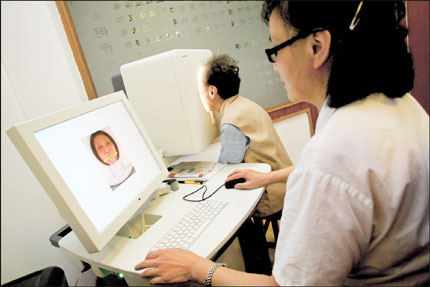 |
| A doctor checks the picture taken by a TCM diagnostic equipment of the tongue of a patient who has her face scanned. (Shanghai Daily) |
Key Words:TCM, theraopy; medicine
Related Reading:
>>TCM Treasures - Mumian flower
>>Malian volunteer Boubacar offers TCM treatments in China
>>Canadian traditional Chinese medicine school seeks university status
>>French 'daifu' Paillard obsessed by Chinese medicine and therapy
Today it's almost impossible to find a "100-percent pure" TCM doctor, and most accept the validity of some Western medicine, but modernizing and standardizing TCM itself remains controversial. Tan Weiyun reports.
While Western medicine armed with its sophisticated diagnostic tools and high-tech equipment is developing rapidly, traditional Chinese medicine is still, well, traditional and very much hands-on.
To assess a person's condition, practitioners typically make a diagnosis by looking at the tongue, taking the pulse, listening to the breath, looking at the face and complexion, and, of course, asking questions.
These approaches have been used for more than a thousand years. Prescriptions mostly use herbs, sometimes animal parts and minerals. Acupuncture, acupressure and massage are also prescribed.
There is often no clear explanation for why a certain amount of a certain herb is prescribed and how it is supposed to work.
Therapies prescribed by different practitioners for the same ailment or for the same patient can vary considerably.
TCM practitioners - schooled in an entirely different medical approach rooted in Chinese philosophy - rely on extensive clinical experience as well as intuition to make their diagnosis and prescribe a course of treatment.
Here, we are not talking about infectious disease and serious conditions for which Western medicine is clearly indicated. TCM practitioners know when a patient needs to be hospitalized and needs antibiotics, for example.

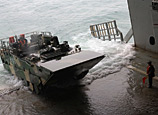
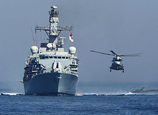
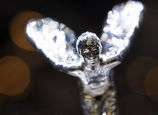
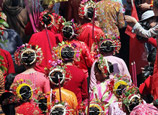
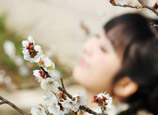
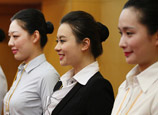
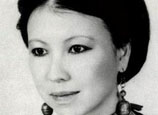
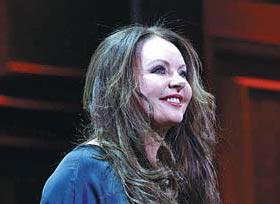
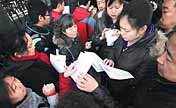
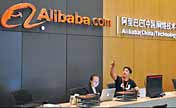








![]()
